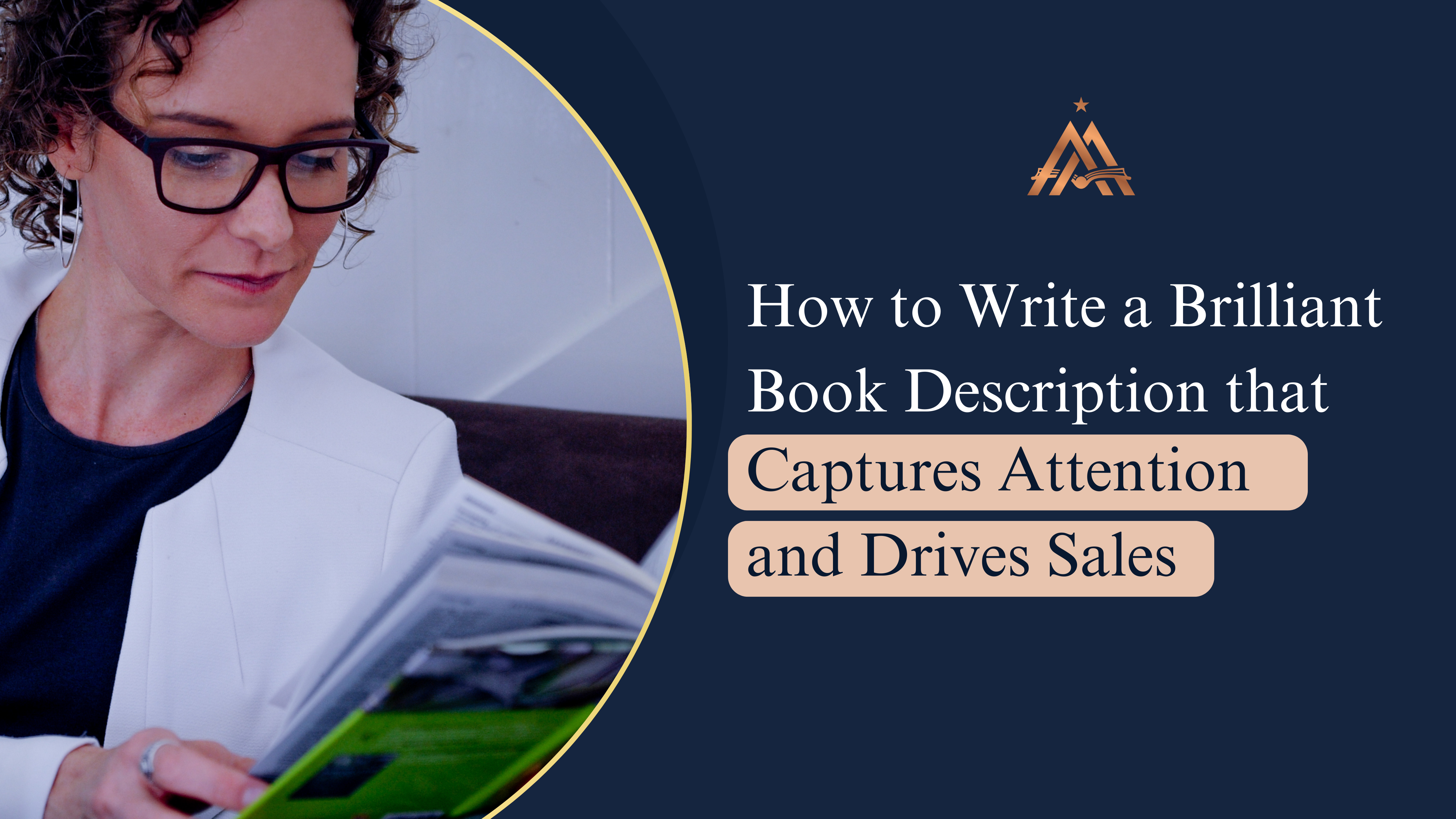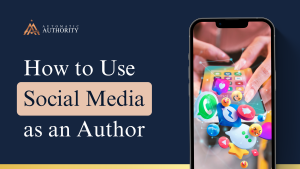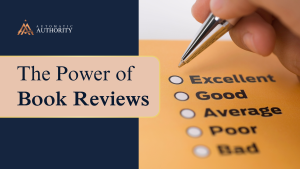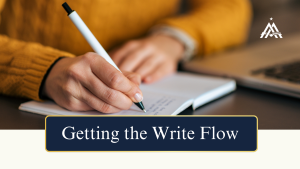Writing a compelling book description is one of the most crucial aspects of your book marketing strategy. In just a few short paragraphs, you need to capture your reader’s attention and convince them that your book is worth their time and money. While it may seem daunting, a well-crafted book description can significantly boost your book’s visibility and sales. Let’s dive into how you can create a book description that stands out.
Understanding the Importance of a Book Description
The Role of a Book Description in Book Marketing
Your book description acts as a sales pitch to potential readers. It’s the first thing they see after your book cover and title, and it can make or break their decision to buy.
First Impressions Matter
A poorly written book description can turn potential readers away, while a captivating one can draw them in. It sets the tone for your book and provides a glimpse of your writing style.
The Difference Between a Good and a Bad Book Description
A good book description is engaging, concise, and informative without giving away too much. A bad one is vague, overly detailed, or fails to convey the essence of your story.
Key Elements of a Compelling Book Description
Starting with a Hook
What is a Hook?
A hook is an intriguing opening statement that grabs your reader’s attention. It can be a surprising fact, a provocative question, or an evocative statement.
Examples of Effective Hooks
- “Did you know that the average person spends 26 years of their life sleeping?”
- “What if I told you that mastering five simple habits could transform your life?”
- “In a world drowning in information, how do you sift through the noise to find what truly matters?”
- “Imagine achieving financial freedom in just five years – this book shows you how.”
- “Are you ready to discover the untold stories behind history’s greatest inventions?”
Giving an Overview of the Story
Balancing Detail and Insight
When writing a non-fiction book description, you need to provide an overview that offers enough detail to inform the reader but also leaves them wanting to know more. Highlight the main themes and insights your book offers without revealing every point or argument.
Avoiding Information Overload
Provide just enough information to intrigue the reader without overwhelming them. The goal is to whet their appetite and make them eager to explore the full content of your book.
Examples of Effective Overviews
- Health and Wellness Book: “This book delves into the science of sleep and how it impacts every aspect of our health. Learn practical strategies to improve your sleep quality and, in turn, enhance your overall well-being.”
- Personal Finance Guide: “Discover the secrets to financial freedom through proven strategies and real-life examples. From budgeting to investing, this guide provides actionable steps to achieve financial independence.”
- Historical Analysis: “Uncover the hidden stories behind the most significant inventions in history. This book takes you on a journey through time, exploring the minds of the inventors and the impact of their creations on modern society.”
- Self-Help Book: “Transform your life by mastering five simple habits that boost productivity and happiness. This book combines scientific research with practical advice to help you build a fulfilling life.”
- Business Strategy: “Navigate the complexities of the modern business world with insights from top industry leaders. This book provides a comprehensive overview of strategies to drive growth and innovation in your organisation.”
By focusing on the core message and the key benefits of your book, you can create an overview that entices readers and highlights the value they will gain from reading it.
Using Strong, Persuasive Language
Active Verbs vs. Passive Constructions
Use active verbs to make your description more dynamic and engaging. For example, instead of saying, “The research was conducted by the team,” say, “The team conducted the research.” Active verbs convey a sense of immediacy and action, which helps to hold the reader’s attention.
The Power of Emotion in Language
Use emotive language to connect with readers on an emotional level. Words like “heartbreaking,” “thrilling,” and “challenging” can evoke strong feelings and draw readers in.
Examples of Strong, Persuasive Language in Non-Fiction
- Health and Wellness Book: “TUnlock the secrets to a healthier life by understanding the crucial role sleep plays in your overall well-being. This book provides practical, science-based strategies to improve your sleep quality and transform your health.”
- Personal Finance Guide: “Take control of your financial future with proven strategies that empower you to save, invest, and grow your wealth. Discover how small changes can lead to significant financial freedom.”
- Historical Analysis: “Dive into the untold stories of history’s greatest inventions. This book reveals the fascinating journeys of the inventors who changed the world and the lasting impact of their creations.”
- Self-Help Book: “Achieve your personal and professional goals by mastering five simple habits. This book offers actionable advice and inspiring stories to help you build a more productive and fulfilling life.”
- Business Strategy: “Stay ahead in the competitive business world with insights from industry leaders. This book provides innovative strategies and practical advice to drive growth and foster innovation in your organisation.”
Focusing on Reader Benefits
Identifying Key Benefits
Think about what readers will gain from reading your book. Is it knowledge, or inspiration?
How to Articulate Benefits Effectively
Clearly articulate the benefits by framing them in a way that resonates with your target audience. For instance, “By following the practical sleep strategies in this book, you’ll wake up feeling refreshed and energised every day, ready to tackle your goals with a clear mind and a healthy body,” or “Learn how to take control of your finances and achieve financial independence. This guide provides step-by-step methods to save money, eliminate debt, and build lasting wealth.”
By focusing on the specific benefits and outcomes your readers can expect, you make your book more appealing and relevant to their needs. Use clear, direct language to articulate these benefits and show potential readers how your book can make a difference in their lives.
Keeping It Brief and Concise
Ideal Length of a Book Description
Aim for a length of 150-200 words. This is enough to provide essential information without overwhelming the reader.
Making Every Word Count
Choose your words carefully to convey the maximum amount of information in the fewest words. Avoid filler and redundancy.
Step-by-Step Guide to Writing Your Book Description
Researching Your Genre and Audience
Understanding Reader Expectations
Research what readers in your genre are looking for. This helps tailor your description to meet their expectations.
Analyzing Bestselling Descriptions in Your Genre
Look at best-selling books in your genre and analyze their descriptions. Note what works and how they capture attention.
Crafting Your Hook
Techniques for Writing a Captivating Hook
Use strong imagery, ask a provocative question, or present a shocking fact. Make sure it’s directly related to your message.
Common Mistakes to Avoid
Avoid being too vague or cliché. Your hook should be unique and specific to your book.
Summarizing Your Story
Summarize the main points without revealing too much. Introduce key concepts and challenges.
Enhancing Your Language
Tips for Using Vivid and Engaging Words
Use descriptive language to create vivid images in the reader’s mind. Avoid generic terms and opt for specific, evocative words.
Avoiding Clichés and Overused Phrases
Clichés can make your description feel stale and unoriginal. Strive for fresh, unique expressions that stand out.
Highlighting Reader Benefits
Examples of Benefit-Oriented Language
- “Unlock the secrets to a healthier life with actionable strategies to improve your sleep, reduce stress, and boost your overall well-being.”
- “Achieve financial independence with proven methods to save more, invest wisely, and build lasting wealth for a secure future.”
- “Stay competitive with insights from industry leaders on driving growth, fostering innovation, and achieving long-term success in your business.”
Tailoring Benefits to Your Audience
Consider what your target audience values and highlight those aspects.
Editing and Refining Your Description
Proofreading for Clarity and Impact
Read your description aloud to catch any awkward phrasing or errors. Ensure it flows smoothly and clearly conveys your message.
Getting Feedback from Beta Readers
Ask beta readers for their input on your description. They can provide valuable insights and help you refine it further.
Writing a brilliant book description takes time and effort, but it’s a crucial part of your book marketing strategy. By starting with a hook, giving an overview of the story, using strong language, focusing on reader benefits, and keeping it brief, you can create a description that captures attention and drives sales. Remember, your book description is often the first impression readers have of your book, so make it count!
FAQs
How long should a book description be?
A book description should be around 150-200 words. This length is enough to provide essential details without overwhelming the reader.
What are common mistakes to avoid in a book description?
Common mistakes include giving away too much, using vague language, and failing to capture the reader’s attention with a strong hook.
How do I make my book description stand out?
To make your book description stand out, use a captivating hook, strong and emotive language, and clearly highlight the benefits for the reader. Ensure it’s concise and tailored to your target audience.
Can I use quotes or testimonials in my book description?
Yes, including quotes or testimonials from well-known authors or reviewers can add credibility and attract more readers. Make sure they are relevant and enhance the description.
How often should I update my book description?
You should consider updating your book description periodically, especially if you receive new reviews, awards, or if market trends shift. Keeping it fresh can help maintain reader interest.




